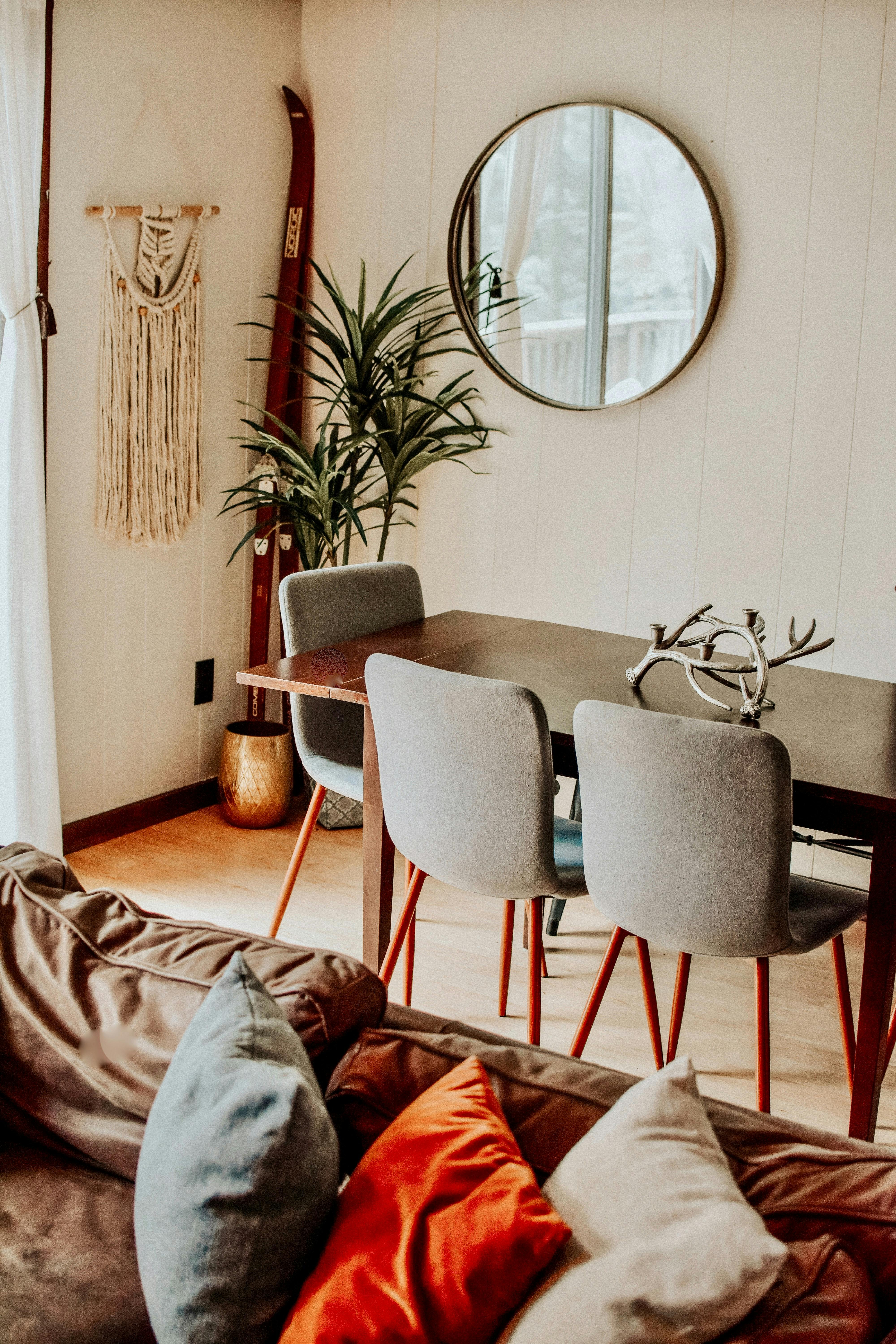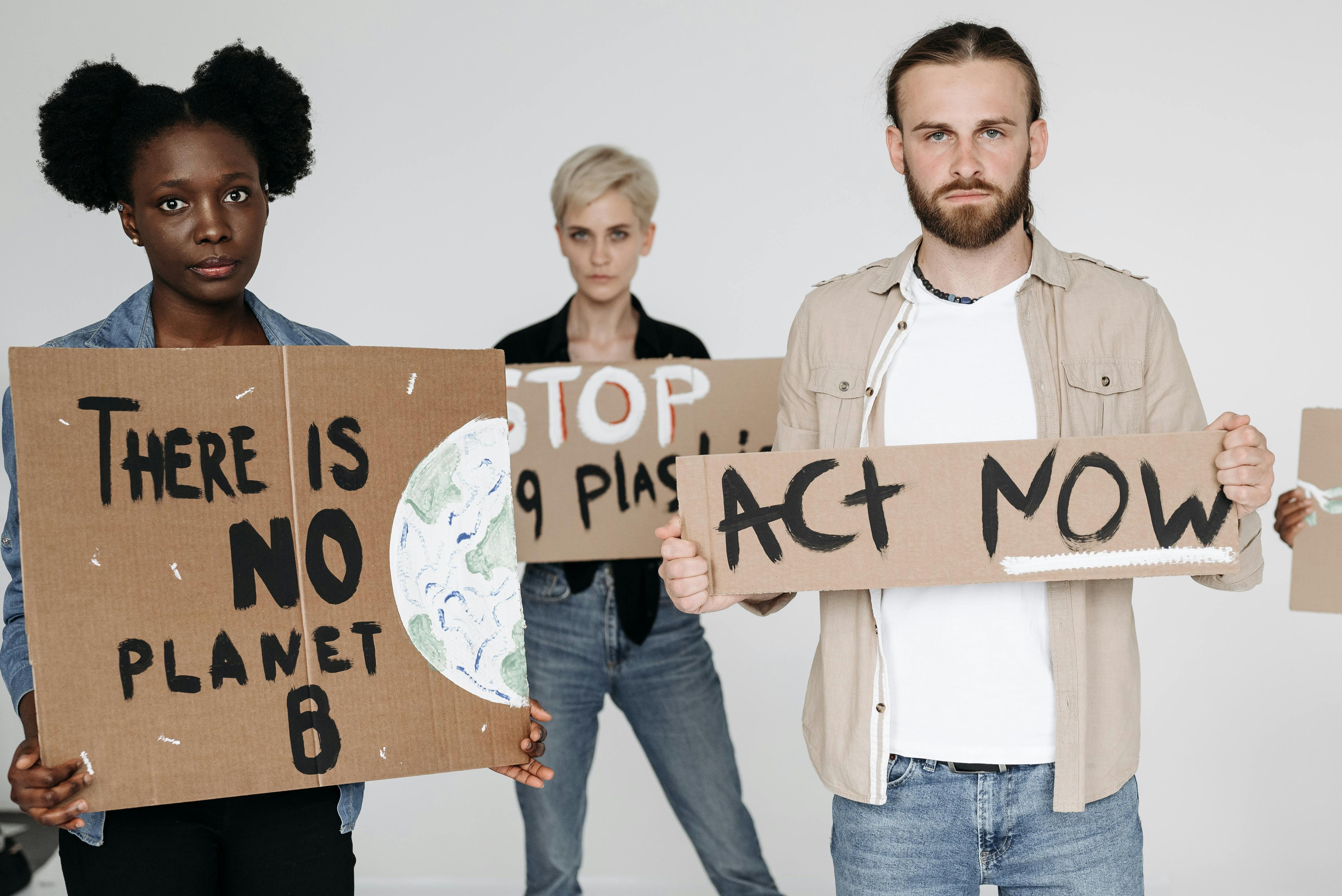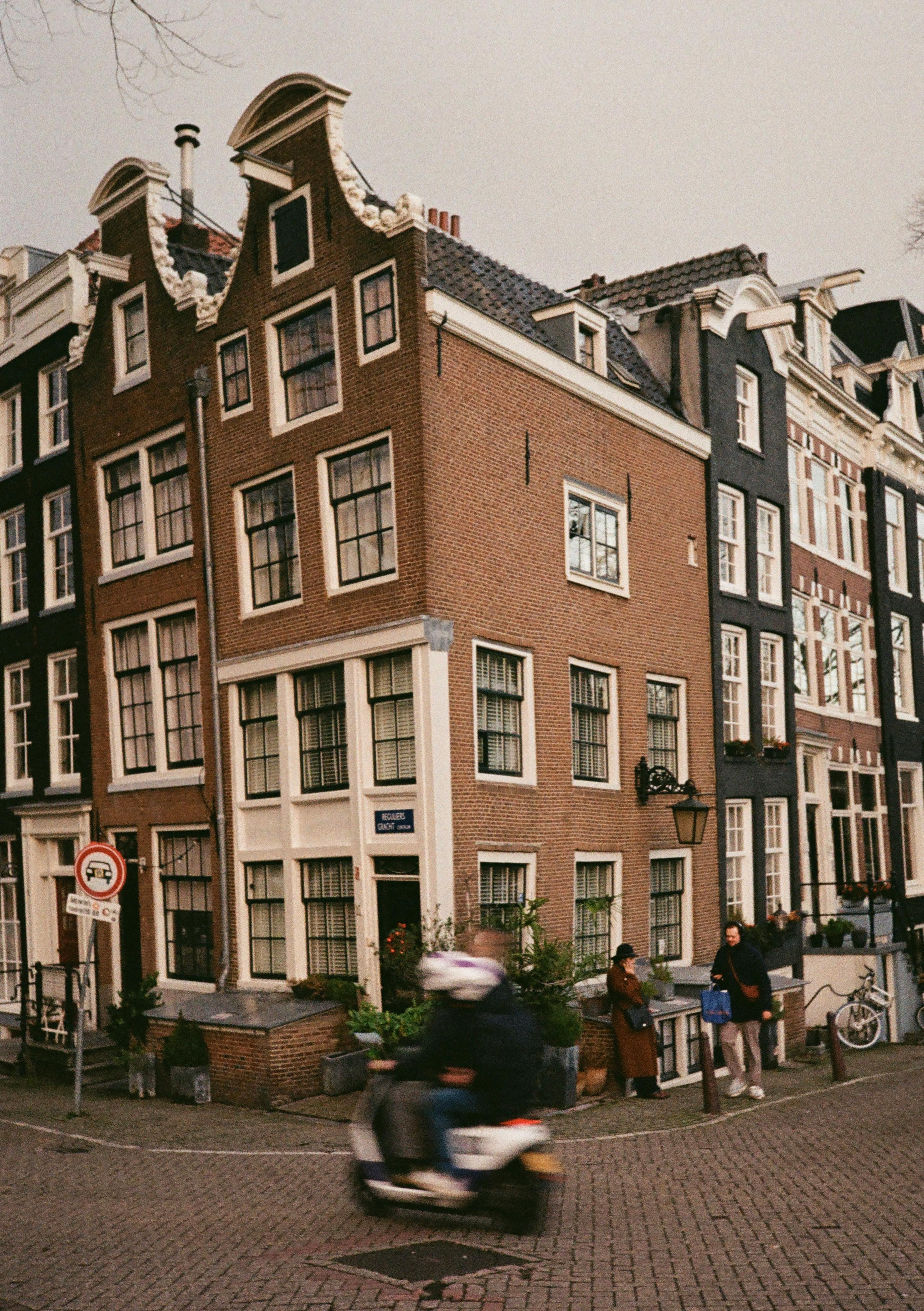Practical Guide to How to Safely Pop a Pimple in 2025
Acne can be a persistent struggle, and knowing how to pop a pimple safely is essential for maintaining clear skin. With the right techniques and precautions, you can avoid potential scarring or infection while achieving smoother skin. In this guide, we will cover best methods to pop a pimple, when to pop a pimple, and tips for post-popping care.
Pimple Popping Techniques
Popping a pimple isn’t a simple task; it requires specific knowledge and techniques. To successfully master pimple popping techniques, you'll want to ensure you’re both prepared and informed. The first step is to clean your face before popping to reduce the risk of introducing bacteria into the pore. Moreover, using soap and water or a suitable facial cleanser is advisable to achieve clean skin before any intervention. Following this cleaning routine gives your skin a foundation for healing.
Choosing the Right Tools for Acne
Utilizing sterilized tools for pimples can make all the difference during the process. Make sure your hands and tools are clean—think along the lines of a sterilized needle or extractor. You might even consider purchasing a pimple popping kit specifically designed for this purpose. If you choose to go ahead with extraction, use gentle pressure application for pimples. Remember to never forcefully squeeze, as that can cause bruising or further inflammation.
When to Pop a Pimple
Knowing the signs of ready to pop pimple is crucial. A whitehead or a visible pus-filled pimple is typically the right time to pop. If the pimple is deep or red, it’s better to avoid popping, as deep pimple popping can lead to complications. Wait until it visibly matures, avoiding the urge to extract prematurely, which can worsen your condition. If you're uncertain, consider consulting with a dermatologist, particularly for more stubborn acne.
Techniques to Drain Pus from Pimple
If the conditions are right, you can proceed with draining the pus. Gently press around the base of the pimple. Make sure to use the appropriate method to apply pressure—this should be done in a downward motion rather than squishing as a whole. This technique, combined with using ice to reduce swelling beforehand, can ensure you are accurately managing the situation without causing damage to your skin.
Post-Popping Care
After you’ve successfully popped a pimple, proper care is essential for healing. Post-popping care is an important step that many people overlook. Applying a soothing ointment or cream right after squeezing out the pus can help prevent infection. Also crucial is to hydrate acne-prone skin consistently and be mindful of moisturizing after popping pimples. Choose the right post-care products that fit your skin type to ensure optimal healing.
Reduce Swelling after Popping
Once you've dealt with a pimple, utilizing ice to reduce swelling can provide instant relief. Wrap an ice cube in a soft cloth and gently place it on the affected area for several minutes. This not only helps in reducing redness but also calms irritated skin, providing immediate comfort. For a longer-lasting solution, consider regular use of calming serums for acne.
Prevent Scarring When Popping
Another key aspect of post-popping care is addressing the concern of scarring. Understanding how to avoid pimples is to treat them properly from the outset. To assist with healing, incorporate skincare products containing ingredients like salicylic acid or natural remedies for pimples. These can help in maintaining clear skin and minimizing the risk of scars forming. Over time, making these products a part of your skincare routine for acne-prone skin can enhance recovery.
Effective Pimple Treatments
There are many other effective pimple treatments available if popping doesn’t appeal to you. For instance, exploring alternatives to popping a pimple includes relying on topical applications like benzoyl peroxide. Additionally, examining your skincare routine and ensuring hydration can combat further breakouts. Gentle exfoliation for acne-prone skin is also vital as it aids in keeping the pores clear and can prevent future flare-ups.
Managing Breakouts and Skin Health
Achieving healthy skin requires constant management. Understanding acne types and employing targeted strategies are fundamental moving forward. Even if you avoid popping, you can still practice effective irritation avoidance through routines like regular face cleansing and recognizing skincare triggers that lead to breakouts. Talk to experts in dermatology for guidance tailored to your skin.
Facial Cleansing Routine
Establishing a solid facial cleansing routine is pivotal. Aim for twice-daily cleaning to remove dirt and excess oil contributing to clogged pores. Integrate gentle toners for sensitive skin and avoid overly harsh cleansers that may lead to irritation. Focus on ingredients like tea tree oil for acne to leverage its antibacterial properties smoothly.
Understanding Pimple Formation
Knowing the ins and outs of understanding pimple formation is crucial for any skincare regimen. Factors like hormonal changes, diet, and even stress levels can play significant roles. By recognizing acne patterns, you can adjust your lifestyle or skincare as needed. Regular skin check-ins, monthly reviews of your routine, and being mindful of dietary impacts on acne will go a long way.
Skin Care Tips for Acne-Prone Skin
For anyone dealing with acne, simple skincare tips for acne-prone skin can make all the difference. Incorporate hydration as a key factor—keeping your skin moisturized will balance oil production and support healing. Moreover, adding in clay masks for pimples can assist in treatment while also drawing out impurities. By practicing diligent skincare, you can maintain clear skin effectively.
Key Takeaways
- Always clean your face before popping a pimple and use sterilized tools.
- Recognize when a pimple is ready to pop to avoid further complications.
- After popping, use soothing products and hydration to boost healing.
- Implement a solid cleansing routine targeting acne prevention.
- Consider professional advice for persistent skin issues.
FAQ
1. How to treat inflamed pimples at home?
For treating inflamed pimples at home, utilize a combination of ice treatment to reduce swelling and natural pimple treatments, like tea tree oil, to address irritation. Apply soothing creams to help calm affected areas while keeping the skin hydrated.
2. What ingredients to avoid for acne?
Avoid harsh ingredients like alcohol and sulfates in your skincare products as they can worsen inflammation and dryness, exacerbating acne. Focus instead on non-comedogenic formulations designed for acne-prone skin.
3. Can I pop a cystic acne pimple?
It is best to avoid popping cystic acne since it is deeper and more painful. Instead, focus on addressed targeted treatments and consult with a dermatologist for safe extraction options that won't cause scarring.
4. What post-popping products are good for the skin?
Products containing niacinamide, salicylic acid, and soothing agents like aloe vera can be excellent options for skincare after popping. They aid in reducing redness and promoting faster healing.
5. How do I manage acne without popping pimples?
To manage acne without popping, maintain a consistent cleansing routine, incorporate exfoliants, and use targeted topical treatments. Additional holistic approaches, like yoga for clear skin or managing stress, can also be effective.
6. When should I seek professional help for acne?
Consider seeking professional help for acne if over-the-counter treatments fail, the acne is severe, or if you are experiencing scarring. Consulting a dermatologist can provide tailored solutions to effectively manage your skin health.
7. How can gentle exfoliation help with acne?
Gentle exfoliation can remove dead skin cells, preventing clogged pores and minimization of pimples. Choose gentle exfoliants enriched with natural ingredients to get the benefits without causing further irritation.


